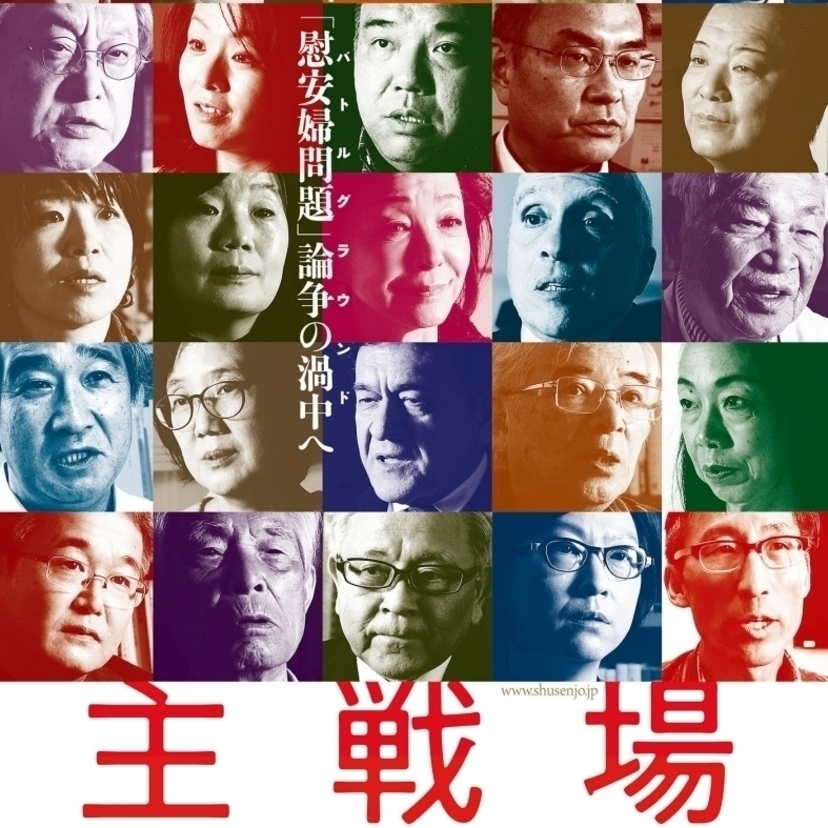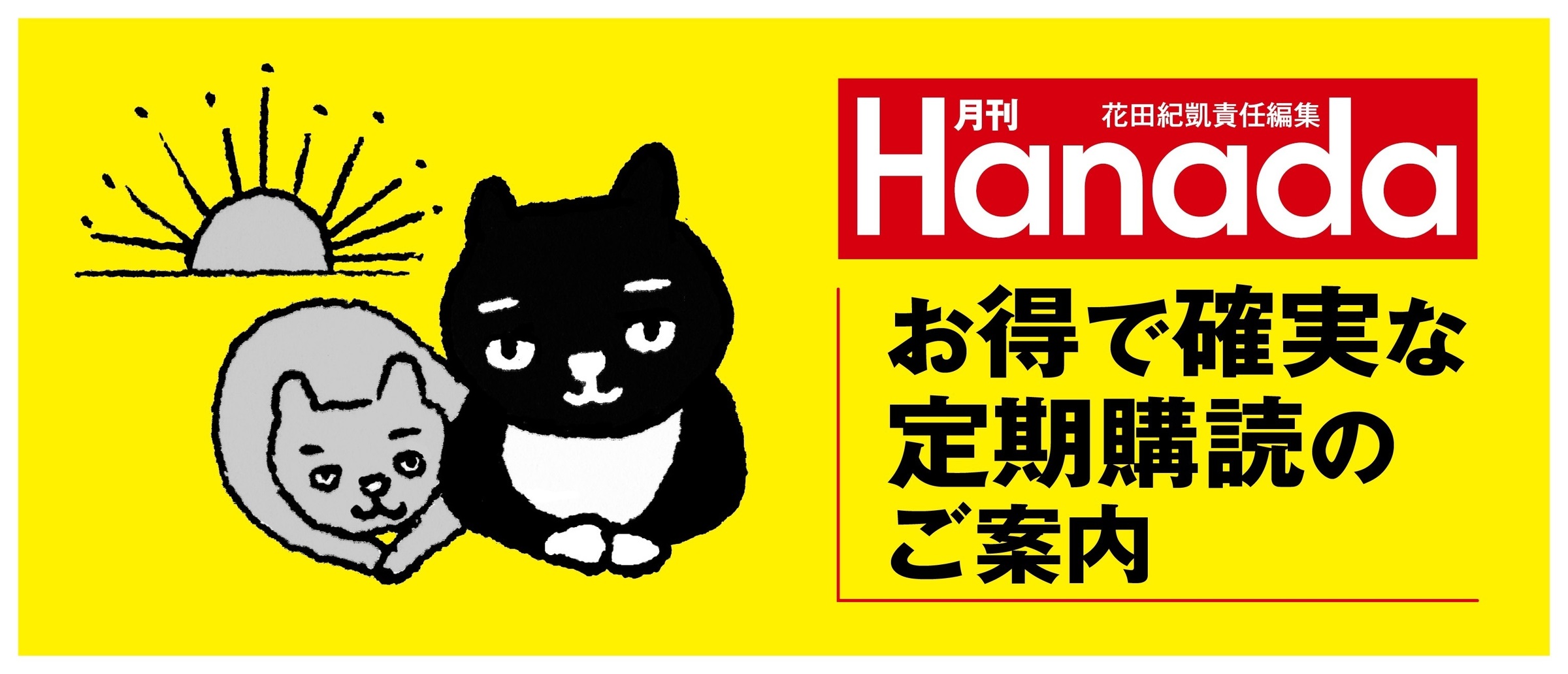A point that caught my attention was that Dezaki avoided interviewing the most prominent scholars on the comfort women issue when their views did not fit with his conclusion. Instead, the film proceeded in a manner that propelled the "sex slave" view.
He featured interviews with prominent Yoshiaki Yoshimi and Hirofumi Hayashi who have long advocated the sex slave story. He should have interviewed scholars with comparable qualifications on the other side
Instead, two very important scholars, Ikuhiko Hata and Tsutomu Nishioka, were left out of the film. Hata's name was mentioned (though he was not interviewed), but Nishioka was completely ignored. This failure alone demonstrated the lack of balance in Dezaki's work.
I was able to ask Dezaki in person about this point on April 4 when the film was previewed at The Foreign Correspondents' Club of Japan. Dezaki answered: "I had wanted to have interviews with Hata and telephoned him. He was absent then and his wife told me to telephone again that night. But as an American I thought it rude to telephone someone at night. I telephoned him next morning. Then he scolded me and refused to be interviewed. As for Nishioka, I saw his views on the Internet. He was just like other antis. I thought he was not important and did not contact him."
I thought he must have been joking - how could he call himself a fair filmmaker? Presenting an argument with the experts all on one side would be like watching a baseball game missing alternating offense and defense. Nishioka has researched the issue for 25 years and he is the most knowledgeable scholar and persuasive expert critical of the sex slave theory. Most of those opposing the theory have read his books, so it is quite natural that his views overlap with others who learned from his work.
Film's Poor Organization
Speakers in the film were organized in a peculiar fashion. Among those critical of the sex slave perspective, the interview with Kent Gilbert went on at great length – as if he was the most important speaker from that perspective. On the other hand, Yoshiko Sakurai, who is more prominent and influential, was featured for a very short time. Nobukatsu Fujioka, the only scholar opposing the sex slave theory in this film, spoke a little longer, but little of it was about the comfort women issue.
On the other side, many scholars who are advocates of the sex slave viewpoint spoke in the film. They included Yoshiaki Yoshimi (historian, Chuo University), Hirofumi Hayashi (historian, Kanto Gakuin), Koichi Nakano (political scientist, Sofia University), Kohki Abe (faculty of international studies, Meiji University) and Setsu Kobayashi, (constitution scholar and professor emeritus, Keo University).
Korean scholars Lee Nayoung (sociologist), Kim Changnok (jurist) and many others also appeared in the film as advocates of the sex slave position. South Korean scholar
Lee Yonghun of Seoul University, who holds the view comfort women were not sex slaves, was ignored. It was a very unbalanced choice.
How Many Comfort Women?
Gilbert and Fujiki asked Dezaki about the allegations bandied about by proponents of the sex slave viewpoint. Based on the sheer number of soldiers, "If there had been 200,000 comfort women [as sex slave proponents allege] and they had been forced to have sex ten times a day, then Japanese soldiers would have had to have sex six times a day,"
Dezaki answered, "OK. Let's discuss your calculation later." He then he moved on to Yoshimi, asking "How did you calculate the number, 200,000?"
Yoshimi explained,"The number of Japanese soldiers was 3.5 million at most. It should be assumed that there were no brothels on the front line and that there were 3 million soldiers. At the time, one comfort woman to every 100 soldiers was needed. So the number of comfort women would have been 30,000. Then if you suppose half of them worked in shifts, the number would have been 45, 000. If instead you assume all of them worked in shifts, then there would have been 60,000 comfort women. On this basis, I think the number was at least 50,000."
Mihyang Yun of The Korean Council for the Women Drafted for Military Sexual Slavery by Japan didn't bother to explain how she calculated the number. Instead, she defended the number 200,000 by saying: "We are only using the number which was calculated by scholars."
In other words, there was no evidence to support Dezaki's allegation that there were 200,000 comfort women.
Mina Watanabe, executive director of the Women's Active Museum on War and Peace said: "When human rights organizations reporting on the comfort women ask us how many there were, we always suggest being careful about using specific numbers and avoiding use of the number 200,000 in particular. To be honest, if those organizations hear a number such as 400,000, then they claim there were 400,000 victims without considering accuracy. While we don't know the actual number, there are still people who think, "the more, the better".
One thing is clear: the number 200,000 comfort women is groundless. Speakers such as Yoshimi use too many assumptions in their calculation. At the same time, the number, "at least 50,000" used by some others reflects only the assumed demand, not the supply of comfort women. Even if there was a demand for 50,000 comfort women, there is no guarantee a sufficient number could be supplied in the middle of the war.



